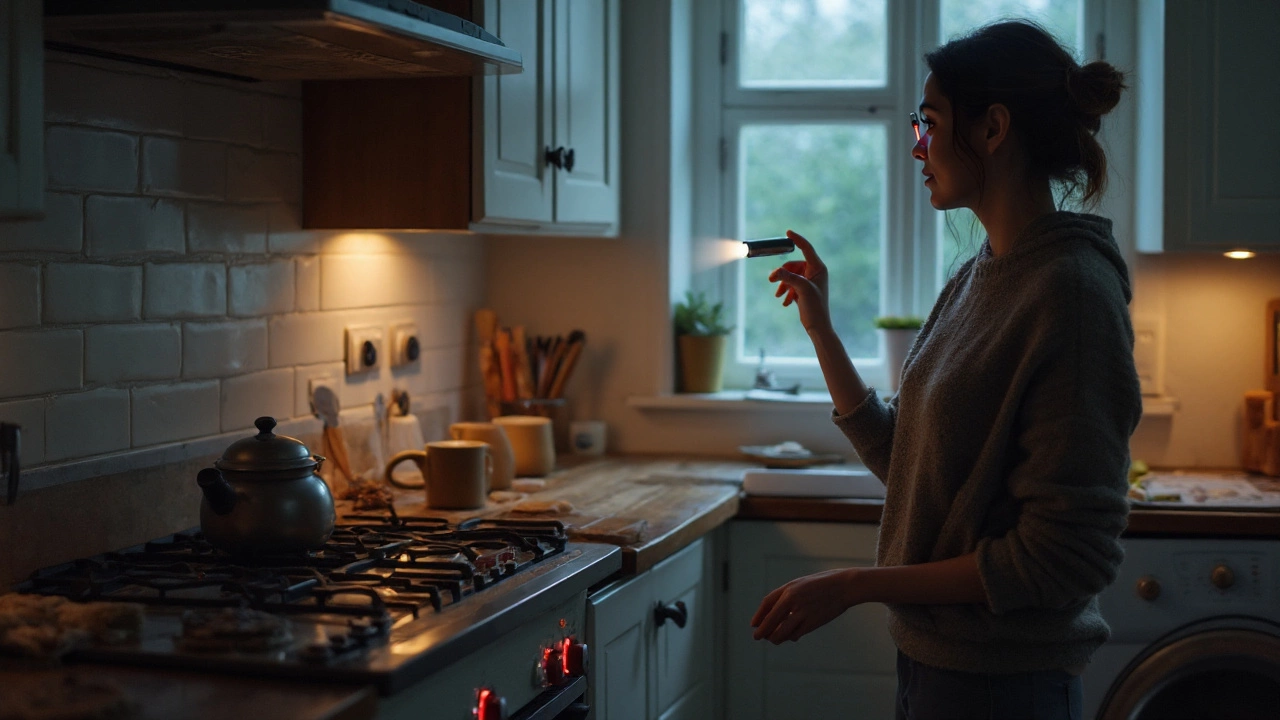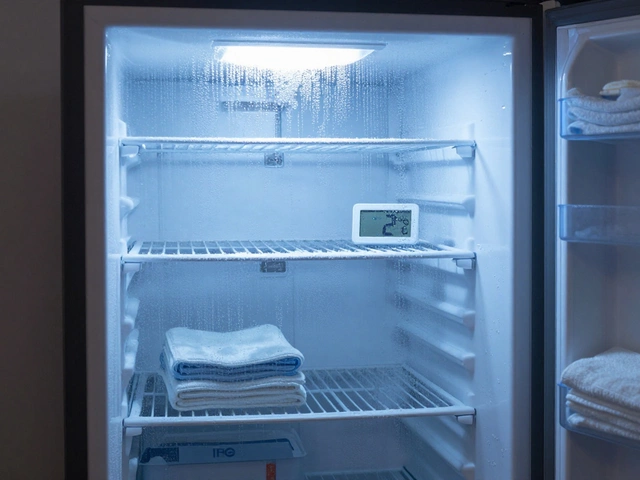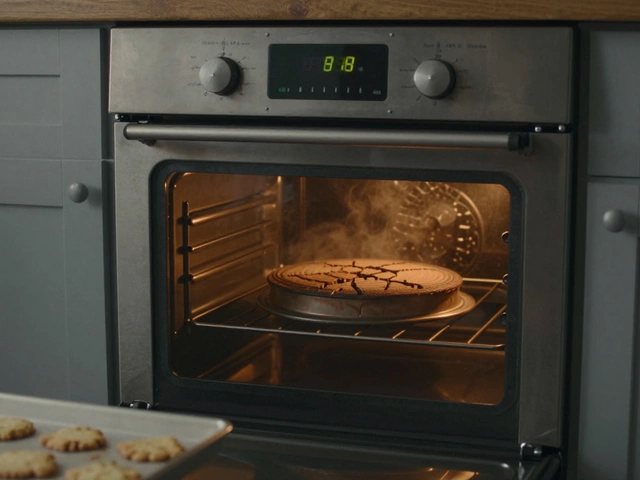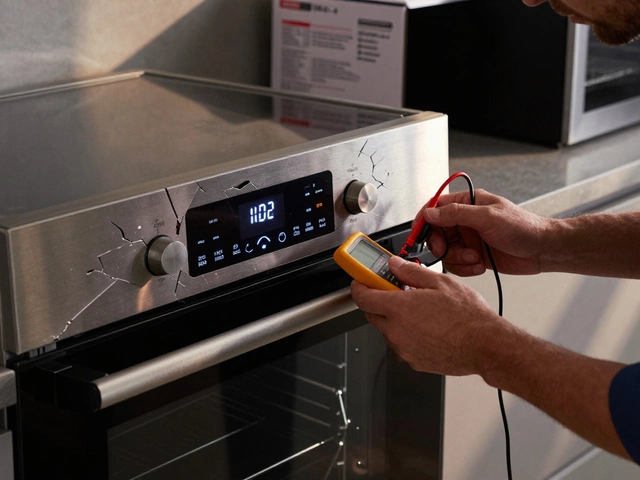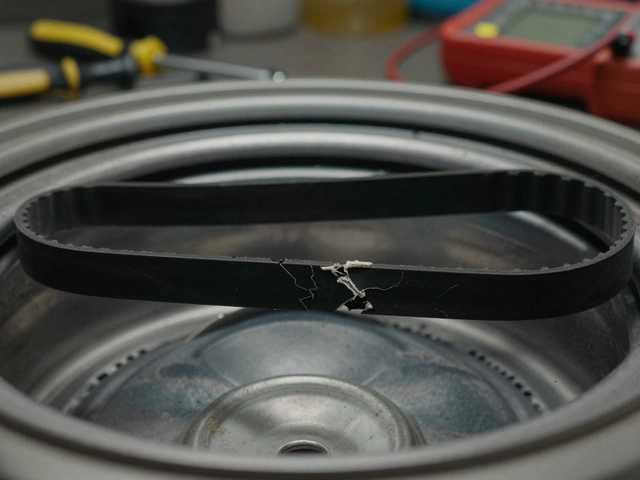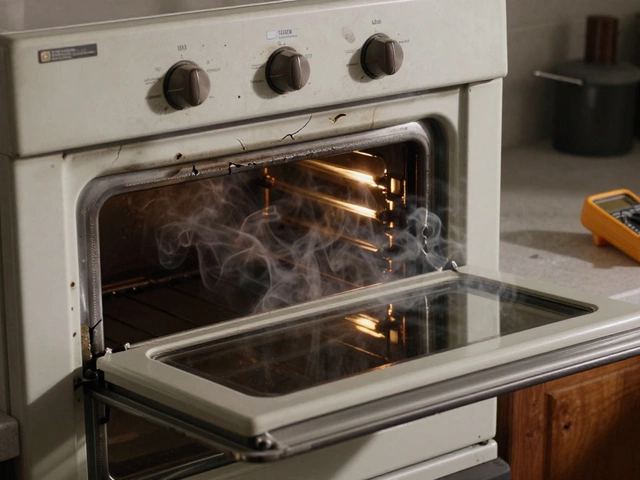Tripping RCD: What’s Going On and How to Fix It
If the RCD in your home flips off every few days, you’re probably annoyed and worried. An RCD (Residual Current Device) is meant to protect you from electric shocks, so a trip means something’s not right. Below you’ll find straight‑forward steps to figure out why it’s happening and what you can do before calling an electrician.
Typical Reasons an RCD Trips
Most trips come from a sudden leak of current to earth – that could be a faulty appliance, a damaged cord, or a wet outlet. A common culprit is a washing machine or dishwasher that develops a short inside the motor. Another frequent offender is a light fitting with water nearby, like in a bathroom. Even a loose wire in the circuit box can cause intermittent leakage that trips the RCD.
Age matters too. Older RCDs can become overly sensitive and trip on normal loads. If you’ve recently upgraded an appliance, the new device might draw a little more current than the old one, pushing the RCD over its limit.
How to Diagnose the Problem Safely
First, turn off the main power and pull the RCD’s test button. If it stays off, you’ve confirmed the unit itself works. Next, unplug all appliances on the affected circuit and switch off any light switches. Reset the RCD. If it stays on, plug each appliance back in one at a time and watch for the trip. The device that makes it flip is likely at fault.
When the RCD trips with nothing plugged in, the issue is probably in the wiring. Look for signs of wear: burnt marks, frayed cords, or water stains near sockets. If you see any of these, stop using the circuit and call a qualified electrician.
Never try to repair a live RCD or open the consumer unit yourself unless you’re fully trained. Mistakes can lead to serious injury or fire.
If you’ve identified a faulty appliance, check its power cord and plug for damage. Sometimes a simple cleaning of a stuck switch or tightening a loose connection fixes the leak. If the appliance still trips, it may need professional repair or replacement.
For circuits that keep tripping despite a clean appliance list, consider upgrading the RCD. Newer models have higher trip thresholds and can handle modern appliance loads better. However, only replace it if a certified electrician confirms it’s safe.
To keep trips down, avoid overloading sockets. Plugging a heater, kettle, and TV into the same strip can push current beyond what the RCD expects. Spread high‑wattage devices across separate circuits where possible.
Regular maintenance helps too. Test the RCD every month by pressing its test button – it should click and cut power. If it doesn’t, the device may be faulty and needs swapping.
In short, a tripping RCD is usually a sign of a leak, a faulty appliance, or worn wiring. Unplug everything, reset, and bring devices back one by one to pinpoint the cause. When in doubt, or if you spot damaged wires, call a qualified electrician right away. Staying proactive will keep your home safe and your lights on.
21 September 2025
·
0 Comments
Cooker suddenly dead? Use this NZ-safe guide to diagnose no power, no heat, tripping RCDs, gas ignition faults, and induction errors-plus when to call a pro.
Read more

